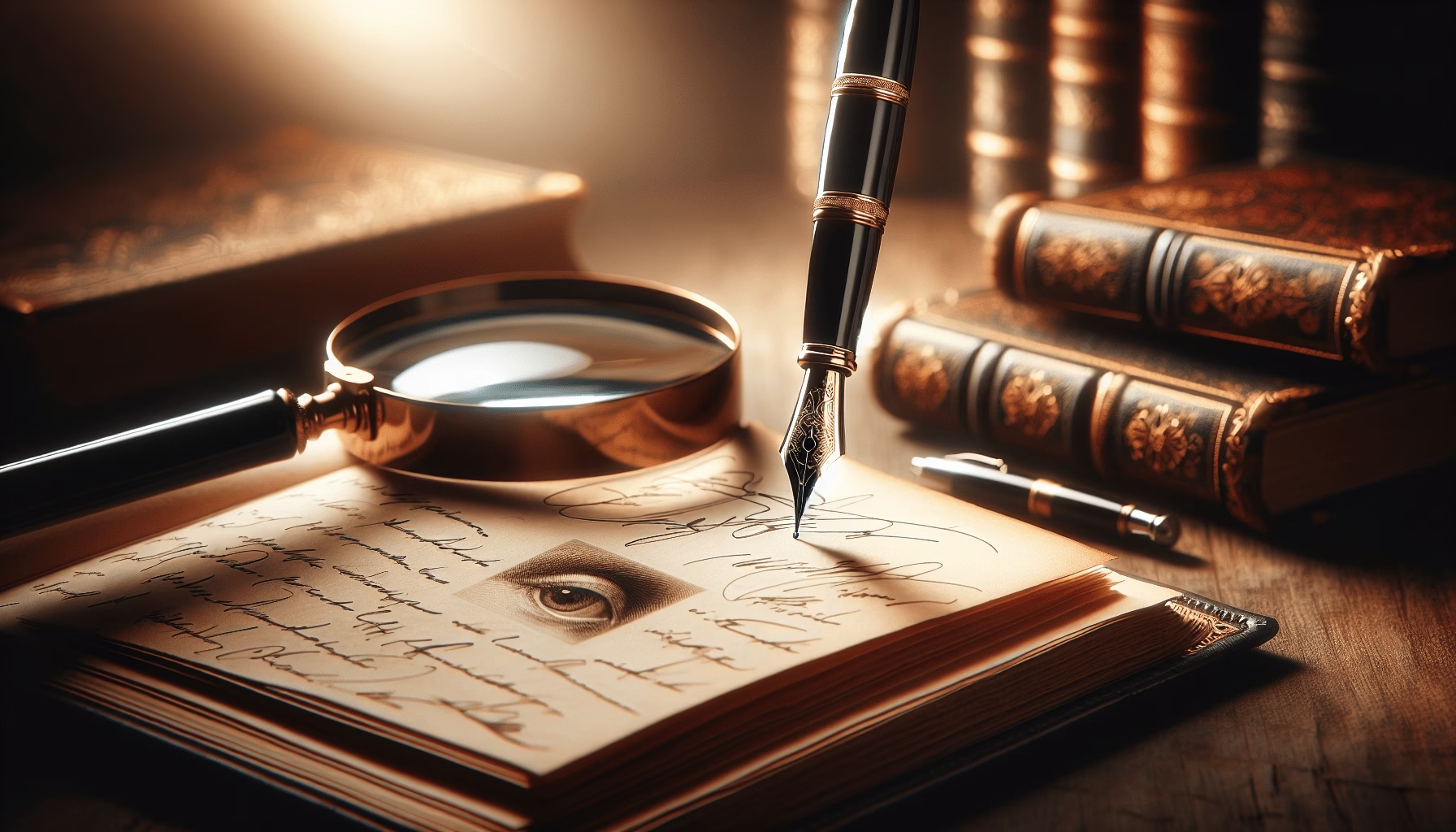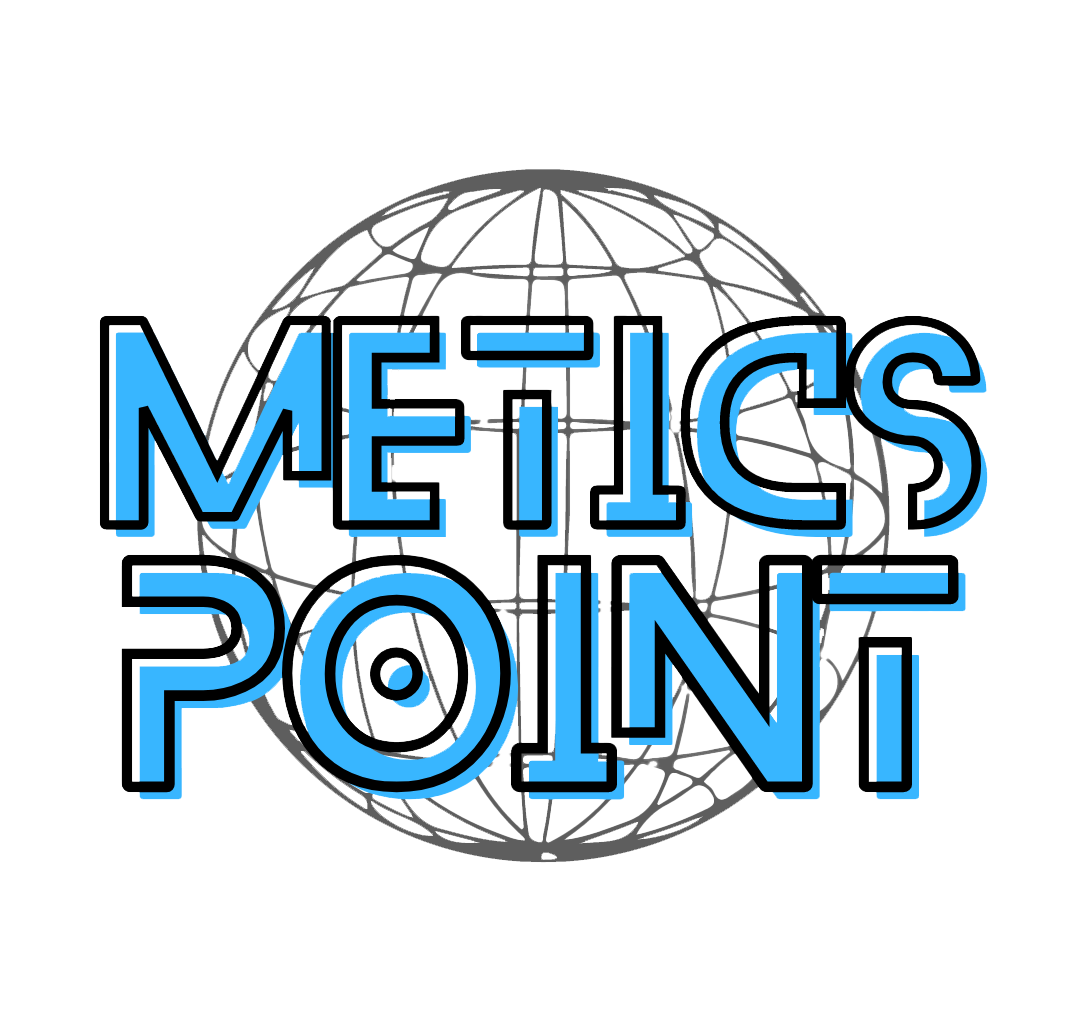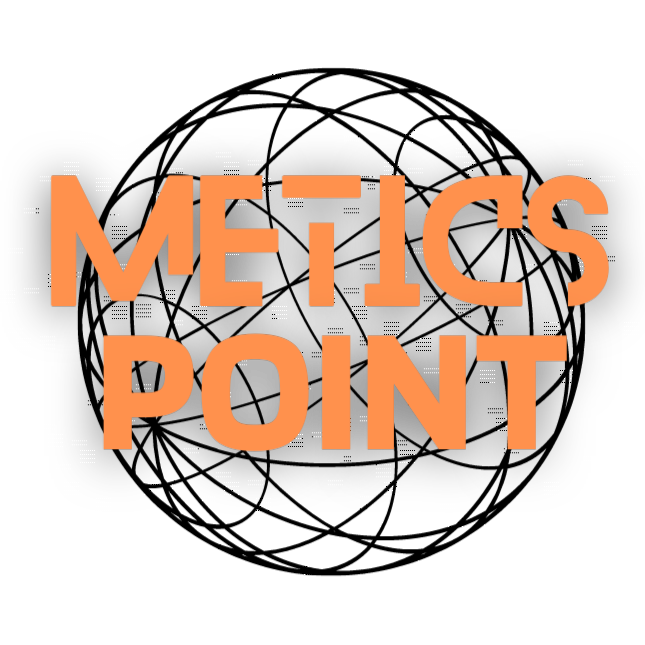Is there an art to collecting autographs, or is it merely a matter of being in the right place at the right time? “Professional Approaches to Autograph Collection and Verification” seeks to address this question for both seasoned collectors and newcomers alike. As an activity that sits at the intersection of passion, patience, and strategy, collecting autographs extends beyond the simple thrill of obtaining a signature. The field is filled with nuances that make it an intriguing yet challenging pursuit.

Table of Contents
Understanding the Historical Context of Autograph Collection
Origins and Evolution
Autograph collecting is not a modern phenomenon; it has roots that extend well into the past. In the ancient world, personal artifacts including signed documents held tremendous value, often serving as a testament to agreements or declarations. The Renaissance period witnessed a significant rise in the popularity of exchanging signed letters among intellectuals and artists, laying the groundwork for what would eventually become a dedicated subculture.
The Role of Autographs in Cultural History
Autographs provide a tangible connection to cultural history, capturing moments otherwise ephemeral. Each signature bears the mark of a person who contributed to the social fabric of their time, whether in politics, the arts, or sciences. This renders autographs as historical artifacts that contribute uniquely to our understanding of human history.
Key Concepts in Autograph Collection
Authenticity and Importance
In a world where replicas and forgeries abound, authenticity remains the cornerstone of autograph collection. Genuine signatures carry intrinsic value, not merely for their artistic or cultural significance, but also because they are irreplaceable links to history. This makes an autograph not just a signature, but a relic that encapsulates authenticity.
Factors Affecting Collectibility
Not all autographs are created equal; several factors determine their collectibility. The notoriety of the individual, the context in which the autograph was obtained, and its condition are pivotal in assessing value. Sports stars, famous musicians, and historical leaders are among those whose signatures are highly sought after.
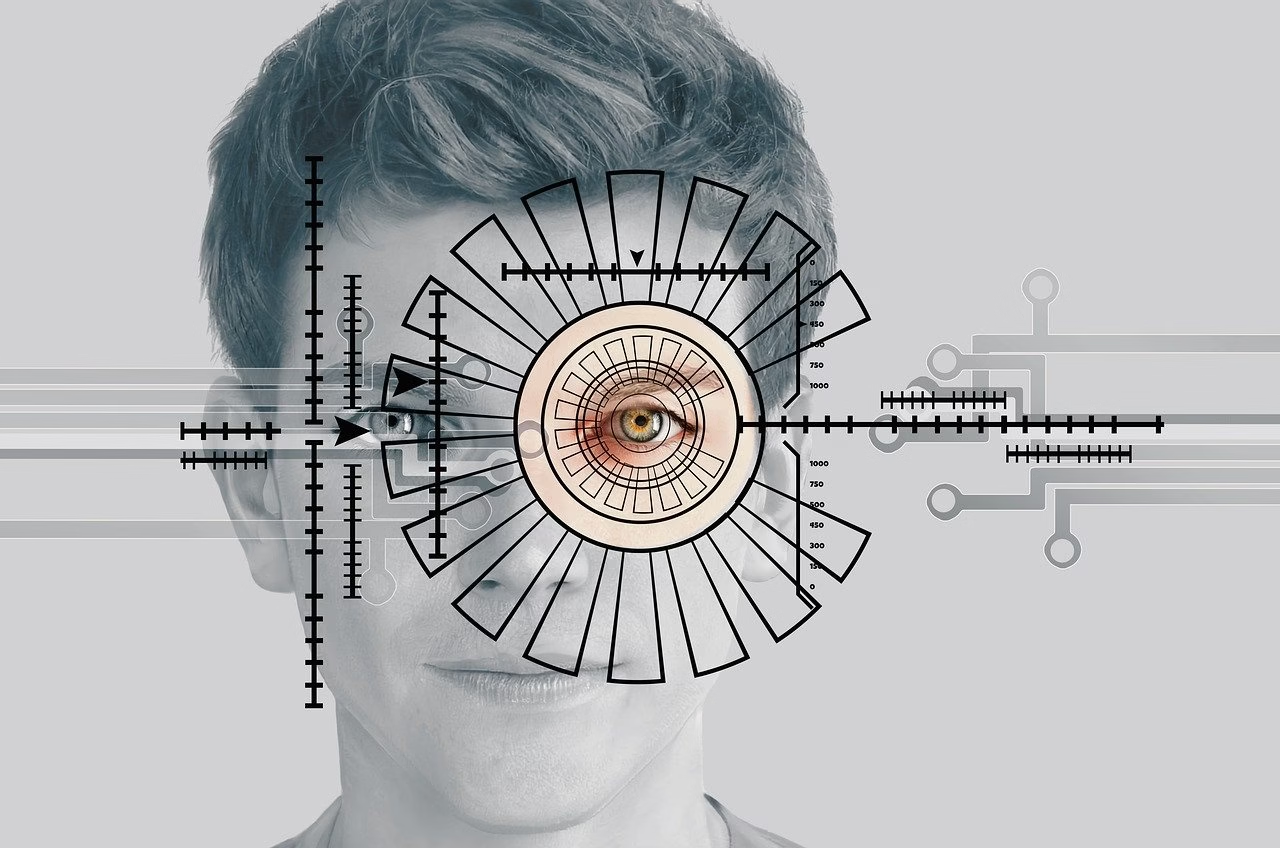
Professional Techniques for Verification
Scientific Methods
Verification requires a blend of science and intuition. Techniques such as handwriting analysis, ink composition tests, and paper age assessments provide tangible means for distinguishing genuine autographs from clever forgeries. These methods entail rigorous analysis by experts adept in recognizing subtle variances that may escape casual observation.
Technological Advancements
As technology progresses, so do the methods for verifying autographs. Advanced imaging techniques like spectroscopy and digital scanning have become pivotal in discerning authenticity. These technologies allow for minute examination of ink particles and pressure exerted on the paper, offering insights unattainable through traditional methods.
Steps to Building an Impressive Collection
Setting Collecting Goals
Before embarking on an autograph collection journey, it is essential to establish clear and achievable goals. Are you interested in a specific genre such as sports, music, or literature? Or are you a general collector, open to a multitude of interests? Setting these goals will guide your acquisitions and help maintain focus amidst countless opportunities.
Research and Acquisition
Research serves as a critical component when collecting autographs. Understanding the history of the individuals from whom signatures are sought enriches the collecting experience and often uncovers hidden gems. Auctions, estate sales, and specialized dealers are reputable sources for acquiring authentic materials.
Curating and Cataloging
Organizing and cataloging acquired autographs elevate a collection from an assortment of signatures to a curated archive of historical relevance. This involves proper storage, documentation, and periodic evaluation to ensure that the collection remains both comprehensible and accessible.
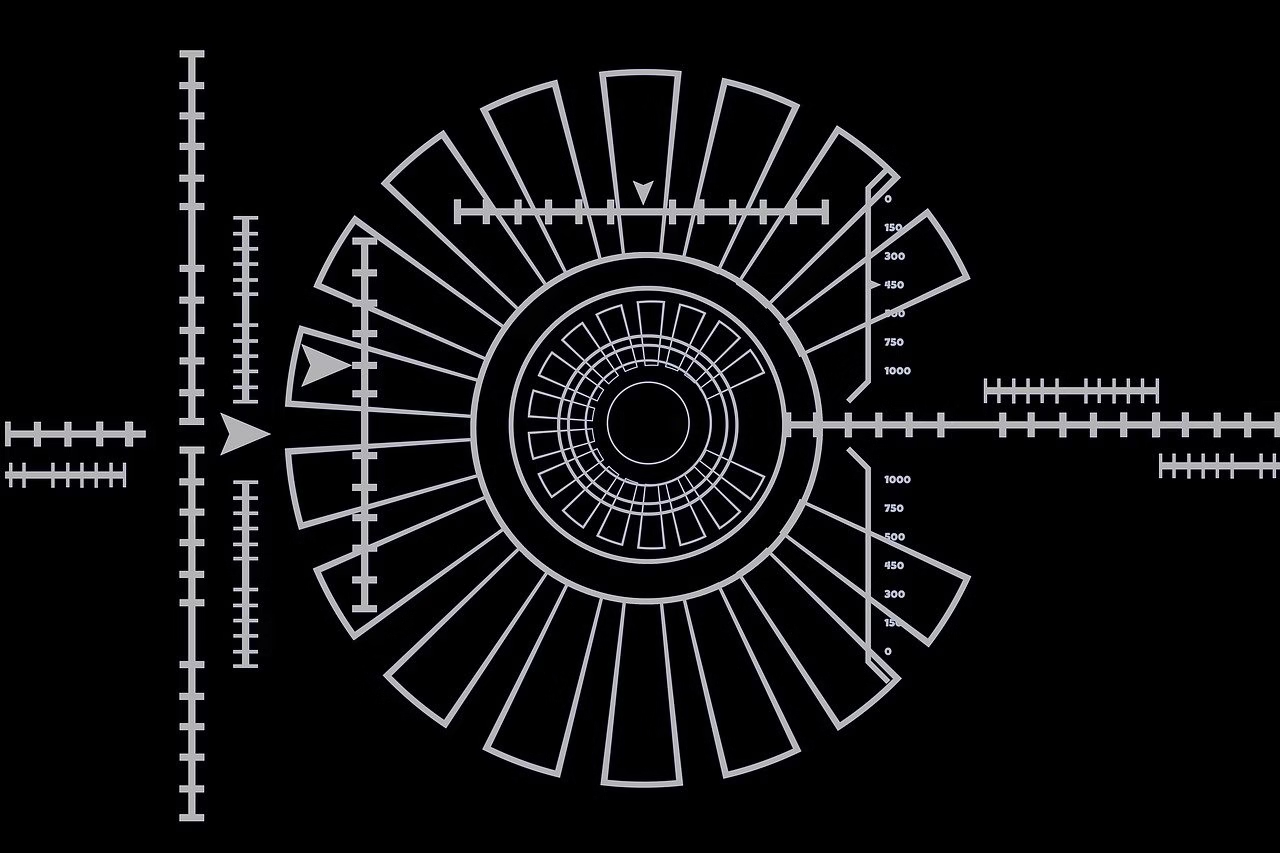
Challenges and Problem-Solving Strategies
Overcoming Common Obstacles
Every collector will face obstacles, whether it be the risk of forgeries, market competition, or the deterioration of materials. Acquiring the skills to identify high-quality pieces and employing proper preservation techniques are invaluable strategies in overcoming these challenges.
Addressing Market Exhaustion
The market is finite, and as a collection grows, the availability of new acquisitions may diminish. Networking with fellow collectors and engaging with niche communities can provide fresh leads and opportunities to expand one’s repertoire.
The Impact of Collecting on Cultural Preservation
Educational and Civic Contributions
Autograph collections are not mere accumulations of ink on paper; they are educational resources that contribute to cultural preservation. Libraries and museums often rely on private collections to enhance their offerings and provide public access to otherwise secluded artifacts.
Bridging the Past and Present
By collecting and preserving autographs, collectors serve as custodians of history, bridging the past and present. This responsibility ensures that future generations will have the opportunity to engage with history through the personal imprints left by iconic figures.
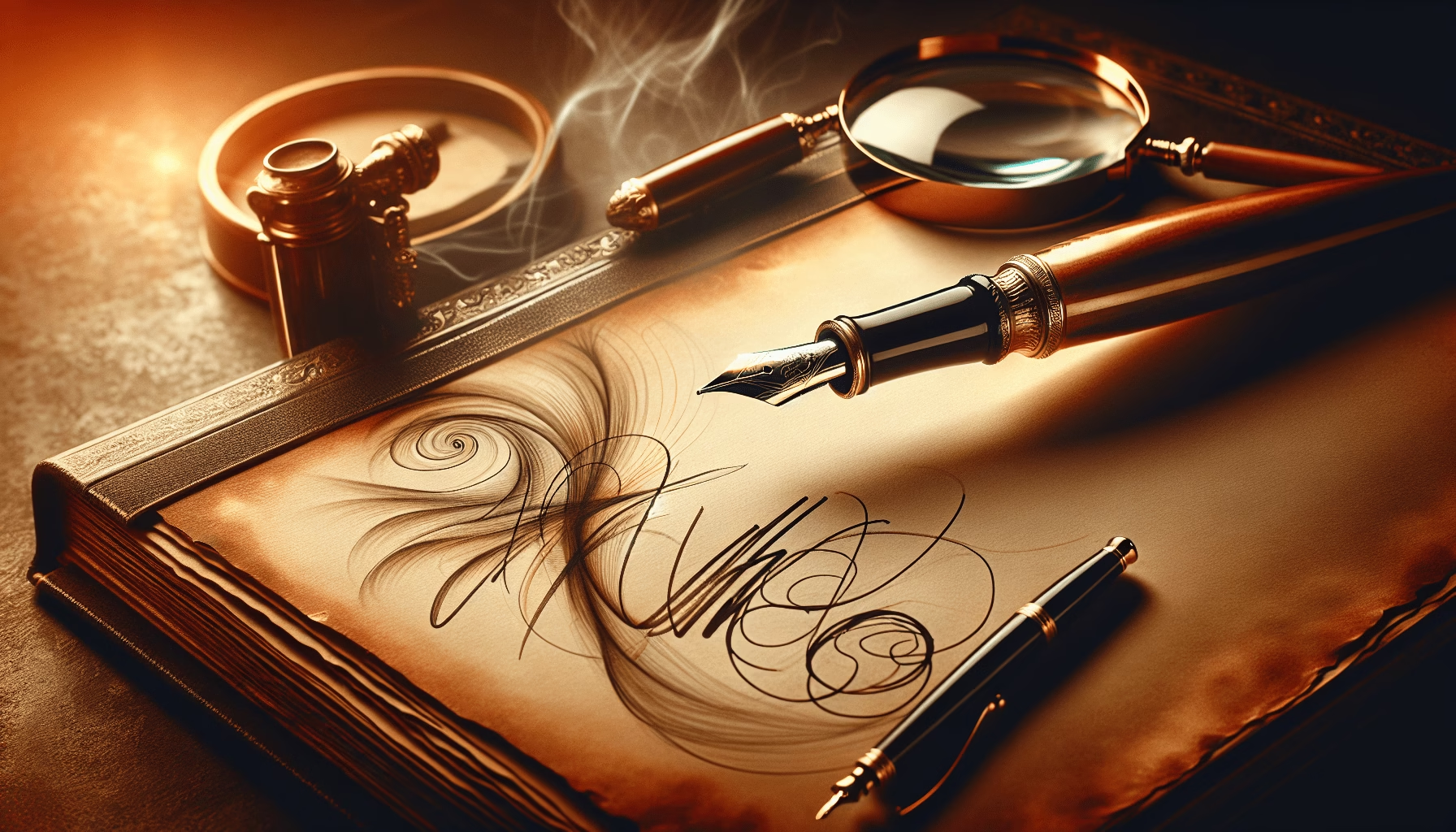
Future Trends and Innovations in Autograph Collection
Embracing Digital Solutions
As the digital age progresses, opportunities for autograph collection and preservation expand. Digital archives and blockchain technology for securing provenance exemplify the future directions in which this hobby is headed.
Evolving Ethical Considerations
With increased interest in celebrity culture, ethical considerations surrounding privacy and consent are coming to the fore. Navigating these issues with sensitivity and respect ensures that autograph collecting remains a credible and dignified pursuit.
Conclusion and Engaging with the Autograph Community
In conclusion, the allure of collecting autographs lies not just in the acquisition of signatures but in the preservation of stories etched in history’s pages. Collectors who approach their hobby with dedication and ethics find themselves contributing to a tapestry that celebrates human achievement. By sharing experiences and challenges, collectors not only enrich their own pursuit but foster a shared passion that spans continents and generations. Enthusiasts are encouraged to continue the conversation, furthering the cultural value of this remarkable pastime.
